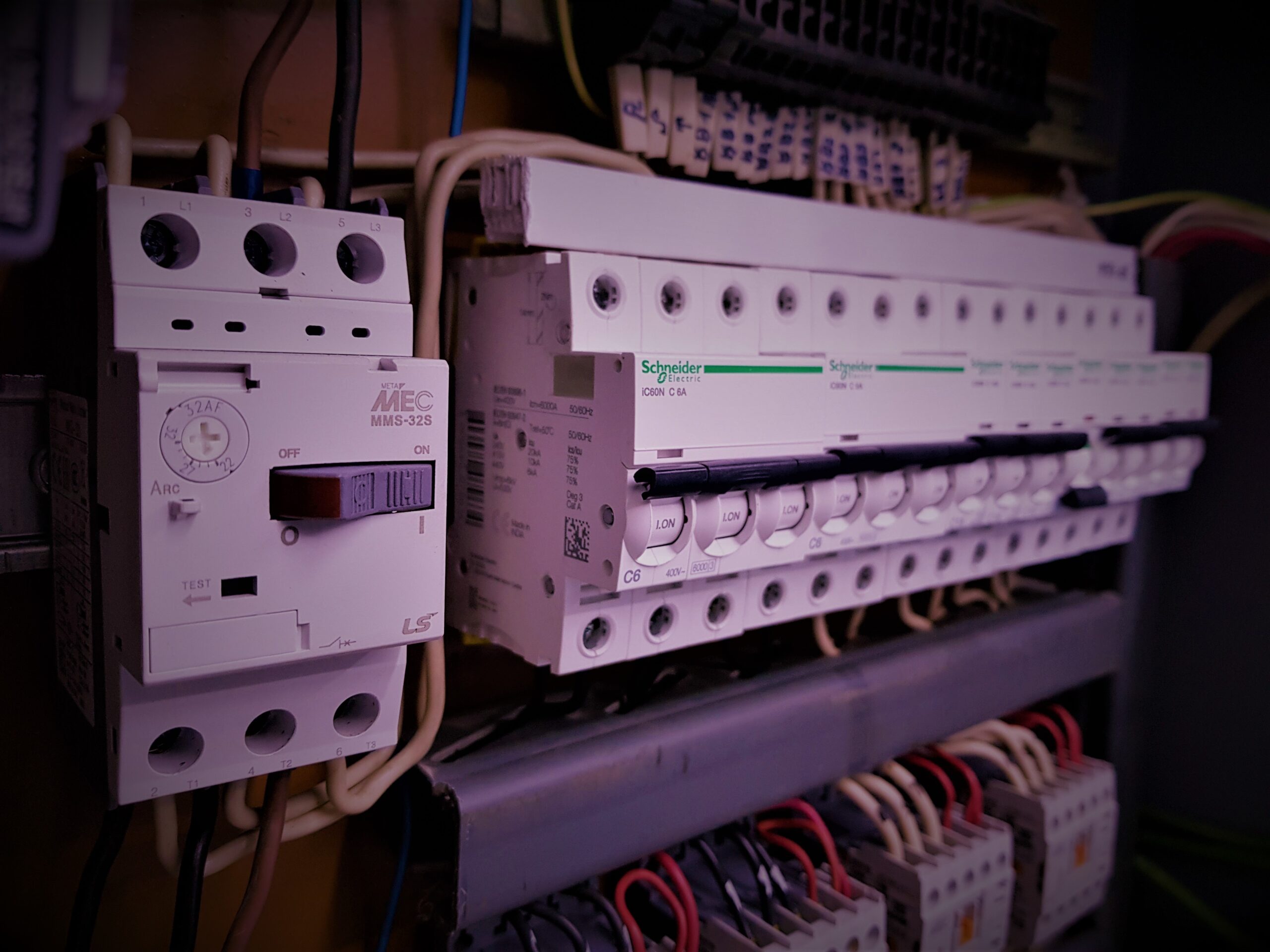Classic and KNX installations are two different approaches, each with its own set of advantages and applications. In this blog post, we’ll break down the key differences between the two options to help you make an informed choice for your project.
Wiring complexity
Classic installations usually involve extensive wiring, which can lead to a cluttered and complex network. On the other hand, KNX installation is a bus-based system, reducing the need for excessive wiring and simplifying the overall setup.
Flexibility and scalability
Classic installations can be less flexible and require significant efforts to modify or expand the system. In contrast, KNX installation is highly scalable and easily adaptable to growing needs. Adding or changing devices with KNX is a breeze.
Interoperability of KNX
One of the outstanding features of KNX installation is its exceptional interoperability. KNX devices from different manufacturers can seamlessly communicate with each other, promoting compatibility and enabling greater customization.
Energy efficiency with KNX
KNX installations are known for their energy saving capabilities. Through efficient control and automation, KNX systems optimize energy use, resulting in reduced utility costs and a more sustainable footprint.
Cost considerations
Classic installations may seem cheaper at first, but over time maintenance and modification costs can add up. KNX installation can ensure long-term cost savings with their adaptability and energy efficiency.
Integration with other systems
KNX installation excels at integrating with various other building systems, such as HVAC, lighting and security. This comprehensive approach increases overall efficiency and practicality.
Ease of control
Classic installations often rely on manual control, while KNX installation offers remote and automated control options, enabling convenient management and monitoring, even when you are away from the site.
Installation time
Classic installations can be time-consuming due to the extensive wiring and configuration required. KNX installations are usually faster to install, saving time and labor costs.
In conclusion, the choice between classic and KNX installations depends on your specific project requirements and long-term goals. While classic installations may be suitable for simpler applications, KNX installations offer improved flexibility, energy efficiency and compatibility, making them the best choice for complex, future-ready projects. Be sure to consult with our experts to determine the best solution for your unique needs.


